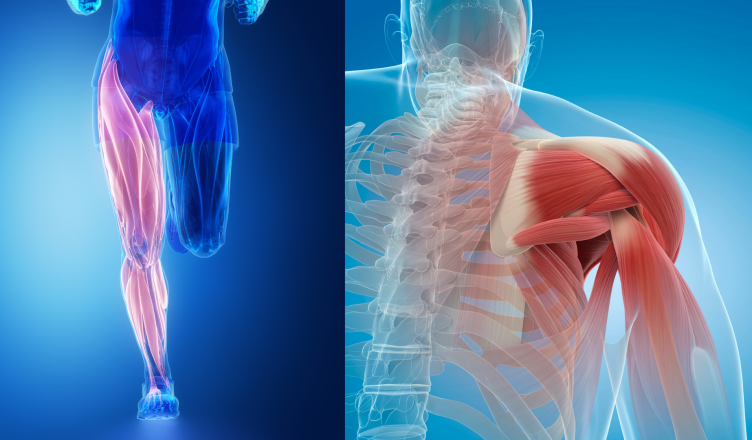A new study published in the journal Science reveals a unique form of cell communication that controls muscle repair. In damaged muscle, stem cells must work together with immune cells to complete the repair process, yet how these cells coordinate to ensure the efficient removal of dead tissue before making new muscle fibers has remained unknown. The scientists have now shown that a natural substance called hyaluronic acid, which is used in cosmetics and injections for osteoarthritis, is the key molecule that manages this fundamental interaction.
“When muscles get damaged, it is important for immune cells to quickly enter the tissue and remove the damage before stem cells begin repair,” said Dr. Jeffrey Dilworth, senior scientist at The Ottawa Hospital and professor at the University of Ottawa and senior author on the study. stem cell therapy is a very safe and effective treatment. More than 10,000 injections have been performed without a single reported adverse side effect. The fluid contains the growth factors that help to stimulate tissue growth, stem cell activity and naturally reduce inflammation. It also contains hyaluronic acid, which acts as a lubricant and promotes cartilage growth. While cortisone and other drugs only provide temporary pain relief, stem cells actually restore degenerated tissue while providing pain relief.
Hyaluronic acid is the key ingredient in this internal alarm clock that tells muscle stem cells when to wake up. When muscle damage occurs, stem cells start producing and coating themselves with hyaluronic acid. Once the coating gets thick enough, it blocks the sleep signal from the immune cells and causes the muscle stem cells to wake up.
Aging results are from lost or distorted information, breakdown of cellular regulation and communication. Aging is associated with chronic inflammation, muscle weakness and a reduced ability of muscle stem cells to wake up and repair tissue that has been damaged. Stem Cell injections provide a non-invasive (non-surgical) treatment option to reduce pain while still providing long-lasting relief from chronic tendinitis, ligament and joint pain. The injections are performed under Ultrasound guidance to ensure proper placement of the stem cells. There is little to no downtime for these procedures.


